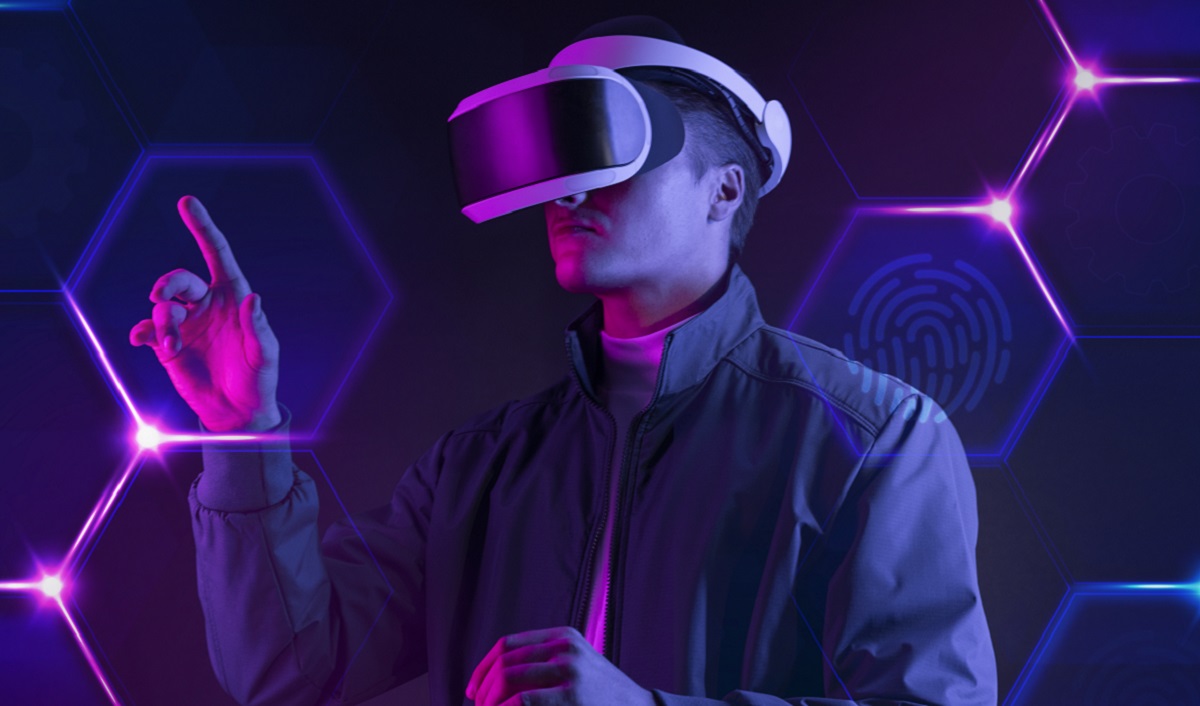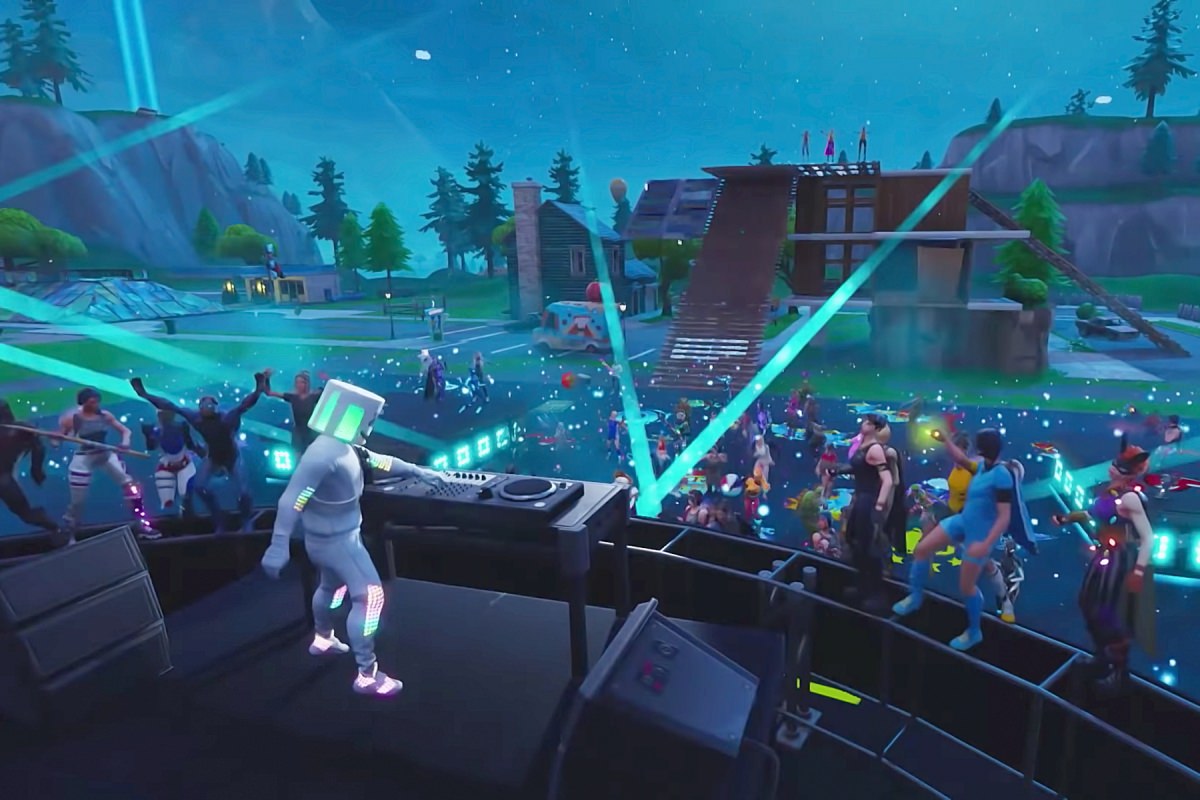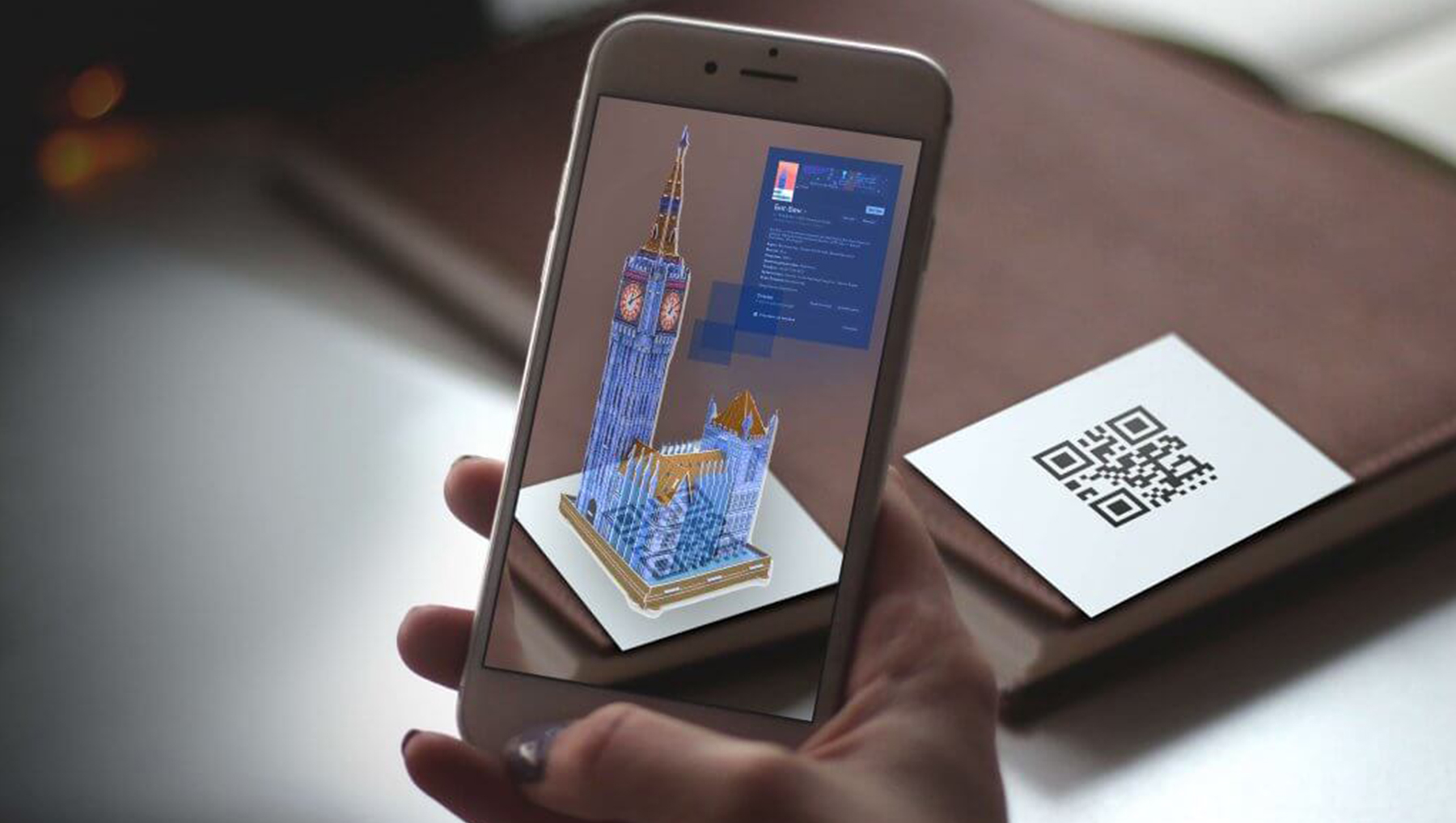Augment Reality in Education: How AR is Shaping the Future of Learning?
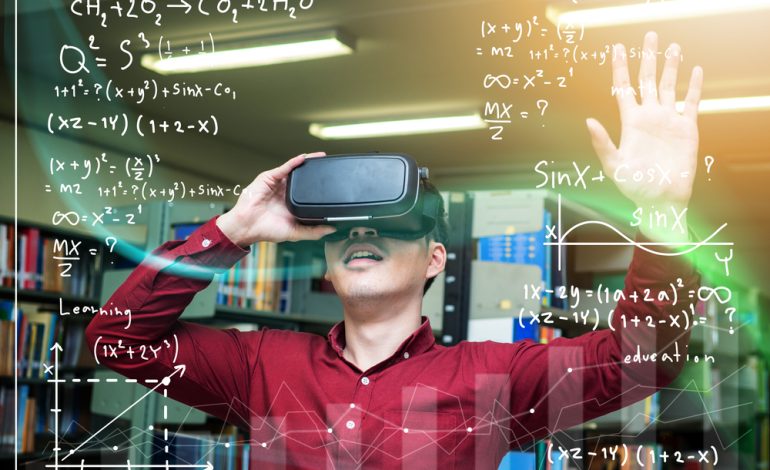
Augment Reality (AR) is revolutionizing the world of education, providing unprecedent interactivity to students. It has the potential to completely revolution the way we learn, from early childhood education to college-level learning and beyond. With AR, students can explore and interact with their environment in new ways, unlocking knowledge and resources.
What is Augment Reality, and How Does it Work in Education?
Augment Reality (AR) is a technology that overlays virtual objects in the real world, enhancing our perception and interaction with the environment. It is achieved through mobile devices, such as smartphones or tablets, with AR apps or dedicated AR glasses.
AR brings learning to life in education by superimposing digital information and interactive elements onto the physical world. By scanning real objects or images with AR-enabled devices, students can access additional information, 3D models, animations, or videos related to the topic. This creates an immersive and interactive learning experience, allowing students to explore and manipulate virtual objects as if they were physically present.
AR in education works by utilizing computer vision algorithms to identify objects or images in real-time and overlay digital content. It can be used in various subjects, such as science, history, geography, or art, to provide visualizations, simulations, or virtual field trips that enhance understanding and engagement.
Benefits of Using Augment Reality in Education
Augment Reality (AR) offers numerous educational benefits, transforming traditional learning methods into engaging and interactive experiences. One of the major advantages of using AR in education is its ability to enhance students’ understanding of complex concepts. This visual and interactive approach stimulates students’ curiosity and promotes active learning.
Because, AR fosters collaboration among students. This collaborative aspect of AR promotes teamwork and communication skills.
Moreover, AR provides personalized learning experiences. This adaptability makes learning more inclusive and ensures every student has an equal opportunity to succeed.
Overall, the benefits of using AR in education are vast, from improving comprehension and engagement to promoting collaboration and personalization. So, By harnessing the power of augment reality; education can be transformed into a more immersive and effective process.
Real-World Examples of AR Integration in Classrooms
AR integration in classrooms is already being implement in various ways, providing students unique and engaging learning experiences. Example, in science classes, students can use AR to explore virtual human body models or conduct virtual experiments. AR can bring historical events to life in history classes by overlaying virtual images or videos onto real-world locations. Because Geography classes can benefit from AR by allowing students to visit different countries and explore their cultures virtually.
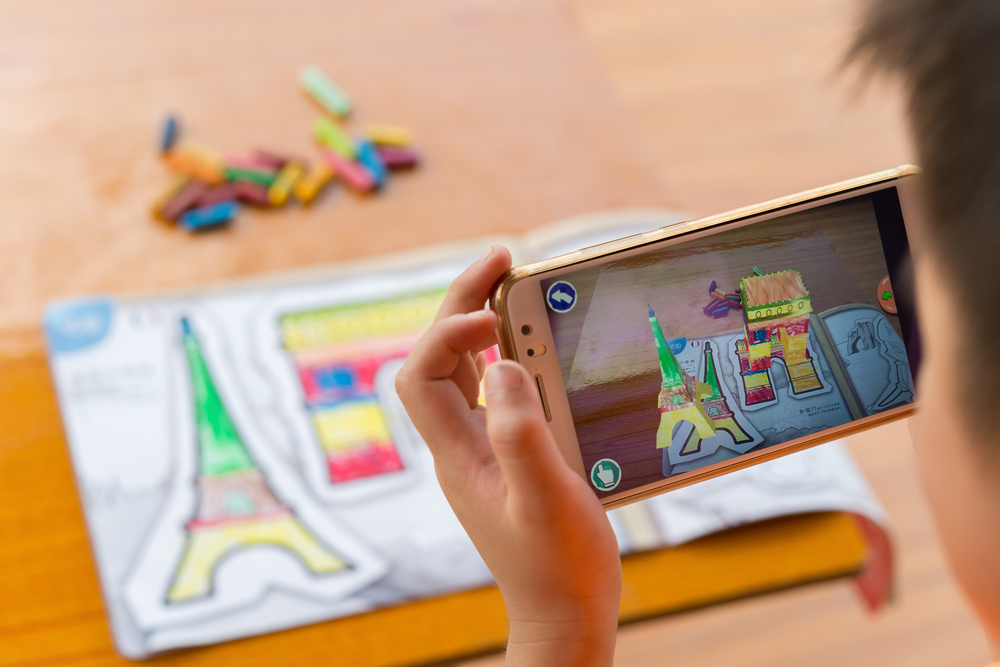
Additionally, AR can enhance art classes by enabling students to create 3D virtual sculptures or paintings.
Challenges of Implementing AR in Education and How to Overcome Them
Implementing augment reality (AR) in education has its fair share of challenges. One of the main obstacles is the cost associated with the technology. Additionally, developing AR apps or content can require significant investment and expertise.
Another challenge is the learning curve both teachers and students. Educators may need training and support to integrate AR into their curriculum effectively.
Furthermore, there may be limitations in terms of accessibility and connectivity.
Professional development programs can be offered to teachers to enhance their knowledge and skills in utilizing AR in the classroom. Providing technical support and resources to students can also help address accessibility and connectivity issues. Collaboration with technology companies or educational organizations also facilitates the development and availability of affordable AR solutions for educational purposes.
Future Potential of Augment Reality in the Education Industry
As technology advances, the future potential of augment reality (AR) in the education industry is immense. AR can revolutionize the way we learn by providing immersive and interactive experiences.
In the future, AR has the potential to transform traditional classrooms into dynamic and engaging learning environments completely. Students can explore virtual worlds, interact with digital content, and collaborate with their peers in ways that were not possible earlier than. This level of interactivity will foster creativity, critical thinking, and problem-solving skills, preparing students for the challenges of the 21st century.
Furthermore, advancements in AR technology will make it more accessible and affordable for educational institutions. As the costs of AR devices decrease and more educational content becomes available, AR will become a mainstream tool in classrooms across the globe. This widespread adoption of AR in education will enhance learning outcomes and ensure that students are equipped with the necessary skills to thrive in an increasingly digital world.
FAQs



